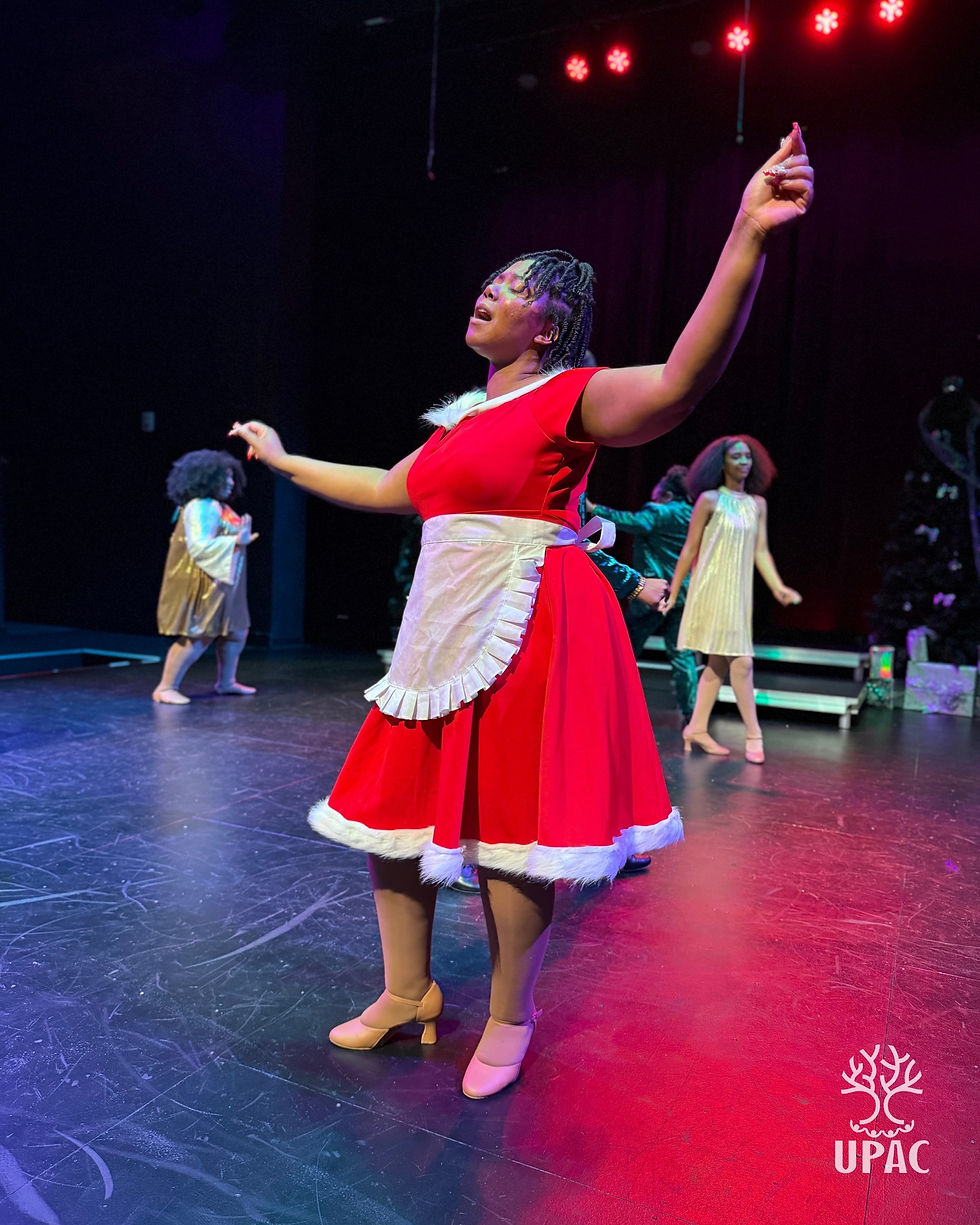Reinventing the ART of Teaching
- lach27
- May 26, 2021
- 3 min read

Images Courtesy of Camille Donne
Last year we spoke with Camille Donne about her experience going from in-person teaching to adapting to online instruction overnight as COVID settled into our lives. Today we catch up with her to find out how her teaching practices developed, what she learned, and how she grew from this experience.
How did your response to teaching during a pandemic evolve this past year?
When I found out that the Peninsula Fine Arts Center was closing at the end of 2020, I decided to start a mobile art teaching business--two days later we were all in a pandemic shutdown. I was sure I'd have no business, but I was wrong. Homeschool pods began reaching out and I would teach groups of children backyards. Then I began virtual teaching and by spring I taught about 80 students virtually and about 20 in person, outdoors. I was booked solid. It was at this point that I decided it would be easier if I opened a studio and students came to me. In spring I began looking for a space to fit my needs and I'm excited to share that Village Studio Arts will open for summer camps June 21! My studio will offer painting, drawing, printmaking, pottery on the wheel, and hand-building. While it's mostly an art studio for children and teens, I will have some beginner adult workshops and an open studio for people who prefer a self-guided approach. I NEVER planned to open my own studio and might not have done it if it weren't for the pandemic forcing me to adapt to a new style of instruction.
What did you find was the most challenging aspect of reaching your students or patrons online and in person?
Teaching virtually while helping my children attend their classes virtually. I wish I could say that we adapted and thrived, but it was impossible for the three of us to attend school virtually at the same time. I am amazed by teachers who managed to teach while their own children were attending classes virtually. I decided to homeschool my children and it was much less stressful for everyone.

Will you continue to utilize any skills or methods you used this year? How?
I never thought of teaching art virtually before. It seemed impossible--especially for the youngest learners. Once I got the hang of the software, teaching virtually was manageable. I learned that high school students want more demonstration and less talking, but older elementary students want feedback about their art and a social experience. The youngest learners wanted to share and couldn't focus until they shared what was on their minds. So we had ten minutes of "sharing time" at the beginning of class and then everyone was focused on their art. I thought virtual instruction would be easier than in-person, but it was actually tougher because it required constant enthusiasm and more talking than a normal art class.
What surprised you about this experience?
I think the best moment of the whole virtual experience was when a mom called me to tell me what happened after I left the virtual classroom to teach my next class. The woman's daughter and another student stayed behind to "play art teacher" and they pretended to be me. They took turns "teaching" art and saying little phrases I say on a regular basis. I had no idea they were staying behind. As the weeks went on, more students stayed after class to "play art teacher." A weekly virtual play date was formed and the students loved chatting and playing together after class.





Comments